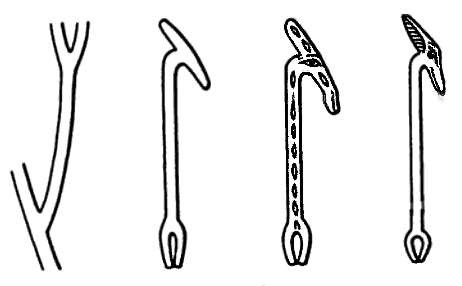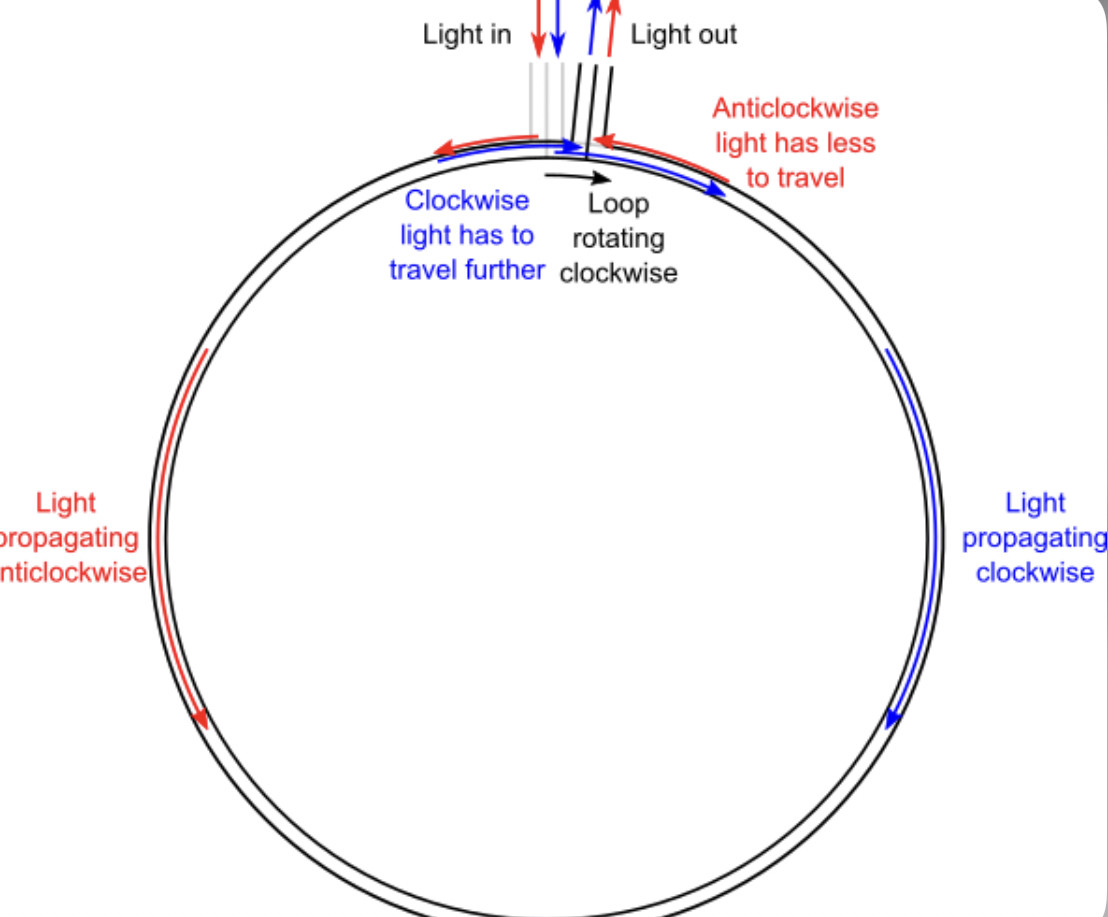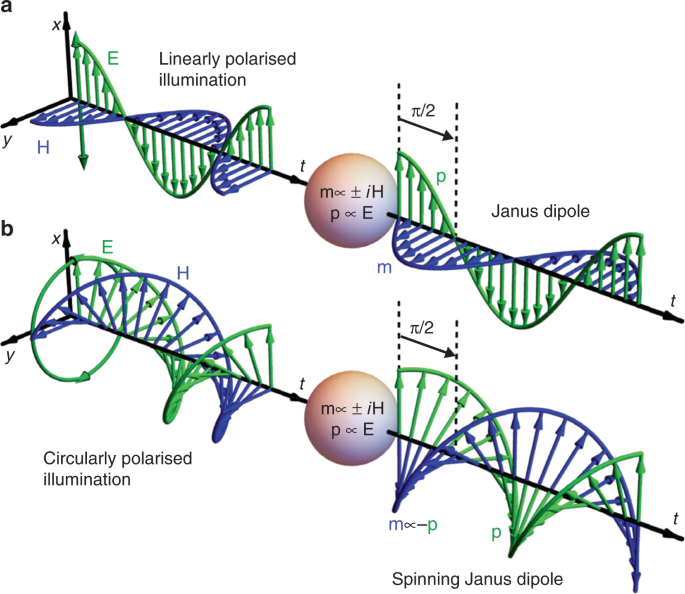Cell division is the process by which a parent cell divides into two or more daughter cells. Cell division usually occurs as part of a larger cell cycle.
The Light of God lives in our hearts. Love, work, and knowledge are the wellsprings of the life He gives us; they should also govern it.
The Light of God lives in our hearts. Love, work, and knowledge are the wellsprings of the life He gives us; they should also govern it.
❤️Aye, Captain.
From Latin cornea tela (“horny tissue”), from cornu (“horn”)...
From Proto-Indo-European *ḱorh₂u, *ḱr̥h₂-no-, both from Proto-Indo-European *ḱerh₂- (“horn”). Cognate with English horn, hirn; Ancient Greek κρᾱνίον (krāníon, “skull”), κέρας (kéras, “horn”); Sanskrit शृङ्ग (śṛṅgá, “horn, tusk”). See also cerebrum (“brain”), cervus (“deer”).
cornū n (genitive cornūs); fourth declension
a horn, antler
a tusk
the horns of the moon
an arm or wing of an army
(music) a horn as a musical instrument
any substance like the material of a horn, such as the bill of a bird
the end of a book or scroll, usually made of ivory
(figuratively) power, strength, might
The Light of God lives in our hearts. Love, work, and knowledge are the wellsprings of the life He gives us; they should also govern it.
Spherical spiral?
Light does carry momentum. Momentum can be thought of as an object's ability to push another object due to its motion. Classically, momentum is defined as the mass of the object times the velocity of the object, p = mv. ... The momentum that light carries is so small that we don't notice it in everyday life.
The spin angular momentum (SAM) is associated with circular polarization in which every polarisation vector rotates. Each photon in a circularly polarised light carries a basic unit of SAM = ±h/2π. The sign of the SAM depends on whether the light is left- or right circularly polarised.
momentum
/mə(ʊ)ˈmɛntəm/
noun: momentum; plural noun: momenta
1.
PHYSICS
the quantity of motion of a moving body, measured as a product of its mass and velocity.
2.
the impetus gained by a moving object.
"the vehicle gained momentum as the road dipped"
the impetus and driving force gained by the development of a process or course of events.
"the investigation gathered momentum in the spring"
impetus
energy
force
power
strength
drive
thrust
push
driving power
steam
impulse
speed
velocity
late 17th century: from Latin, from movimentum, from movere ‘to move’.
moment (n.)
"moment, minute; importance, weight, value" and directly from Latin momentum "movement, motion; moving power; alteration, change;" also "short time, instant" (also source of Spanish, Italian momento), contraction of *movimentum, from movere "to move" (from PIE root *meue- "to push away").
"In the vital phenomenon, genesis is the dynamic aspect*. A given moment of the functional relationships that constitute genesis is the vital moment. One can know this vital moment only when it is stopped by death; this is its static moment, which signifies it negation. Thus one cannot know this vital moment objectively: one can only know its effects-that is, its "fixed" effects, the stages of genesis."
"(*Here the word dynamic is used in the sense of an exhausted impulsion which engenders a vital sucession, or genesis, and not in the kinematic sense of a displacement in space*)"




